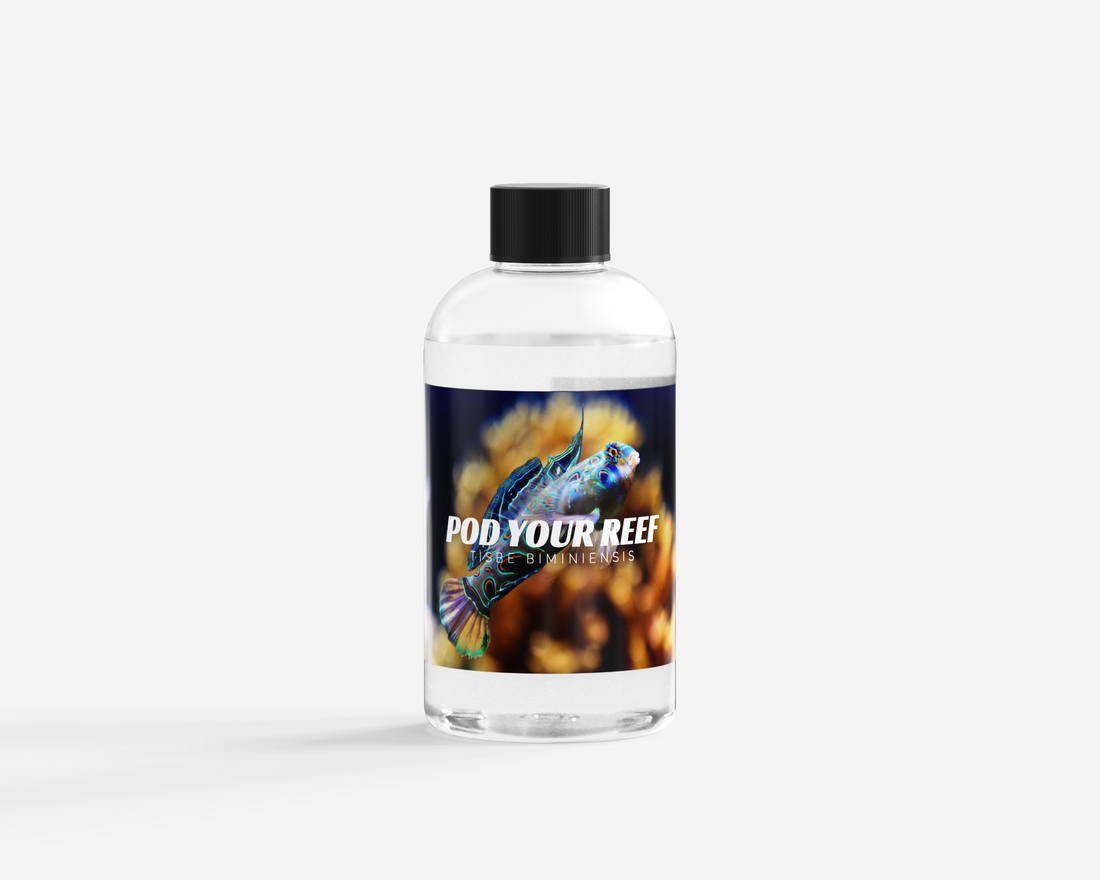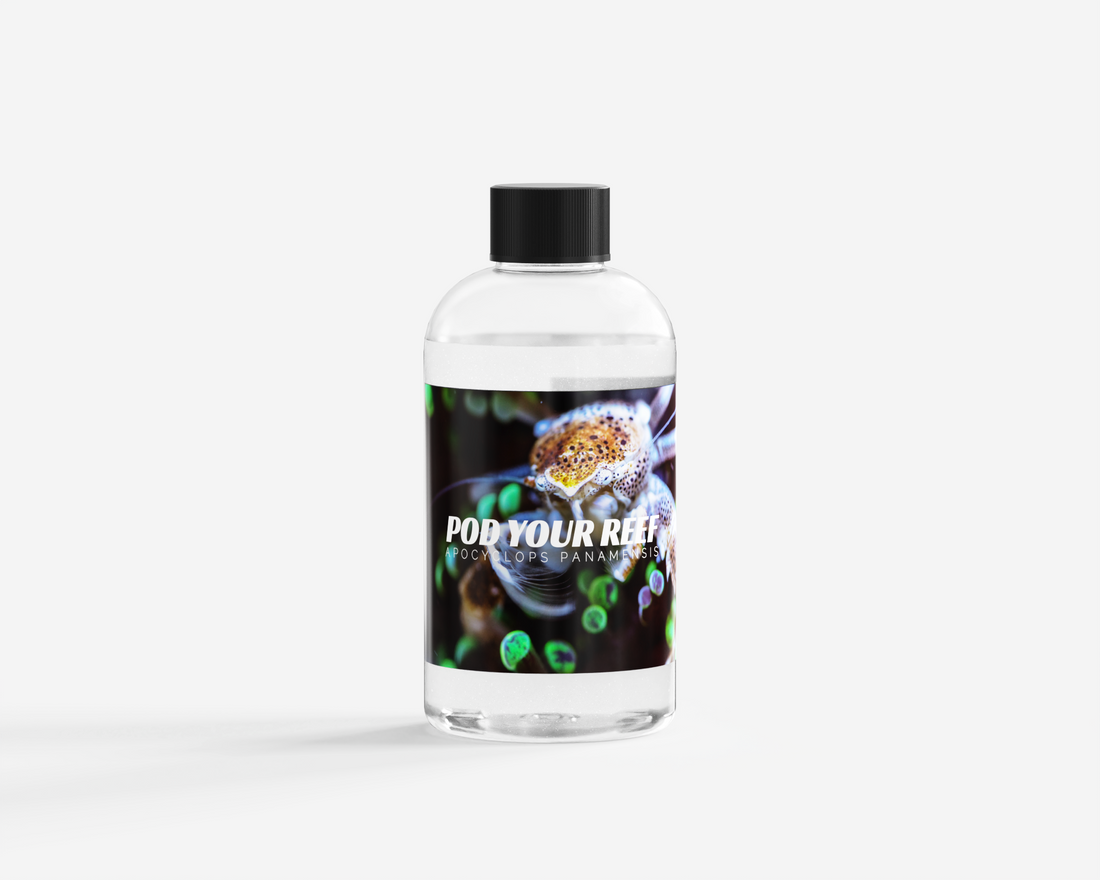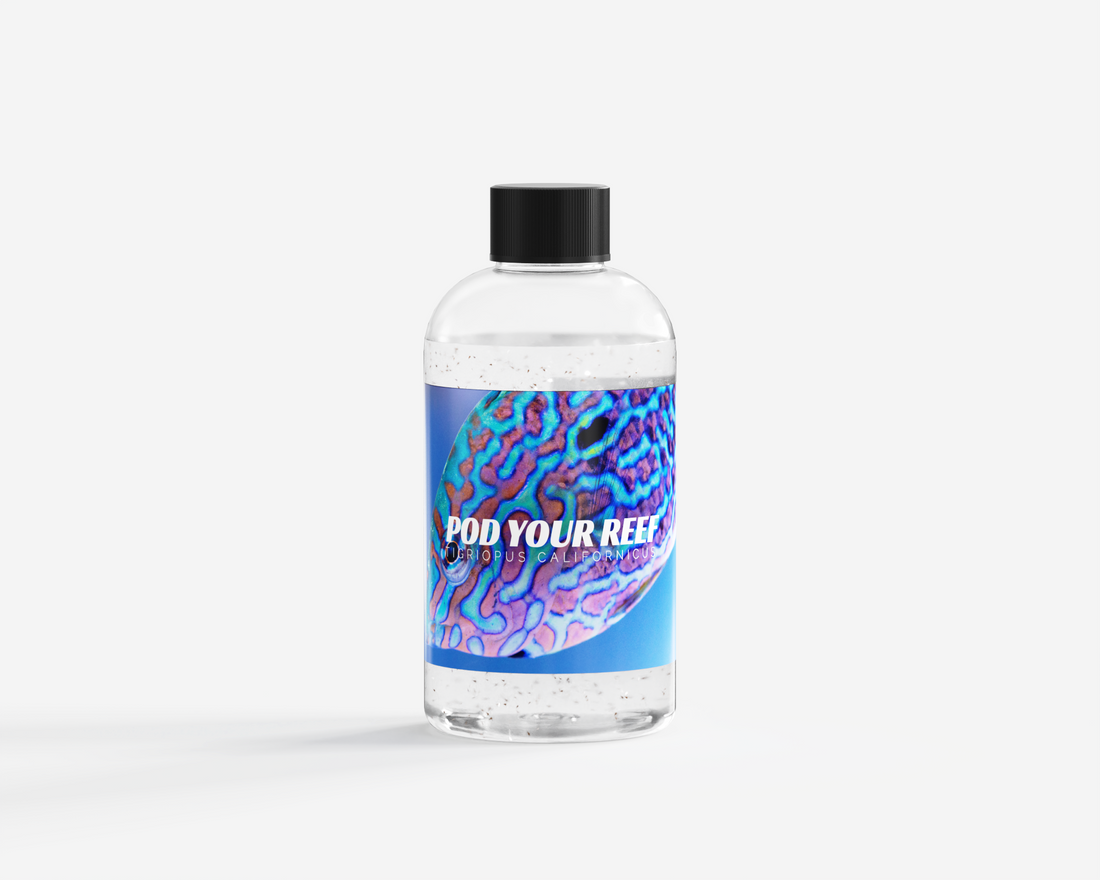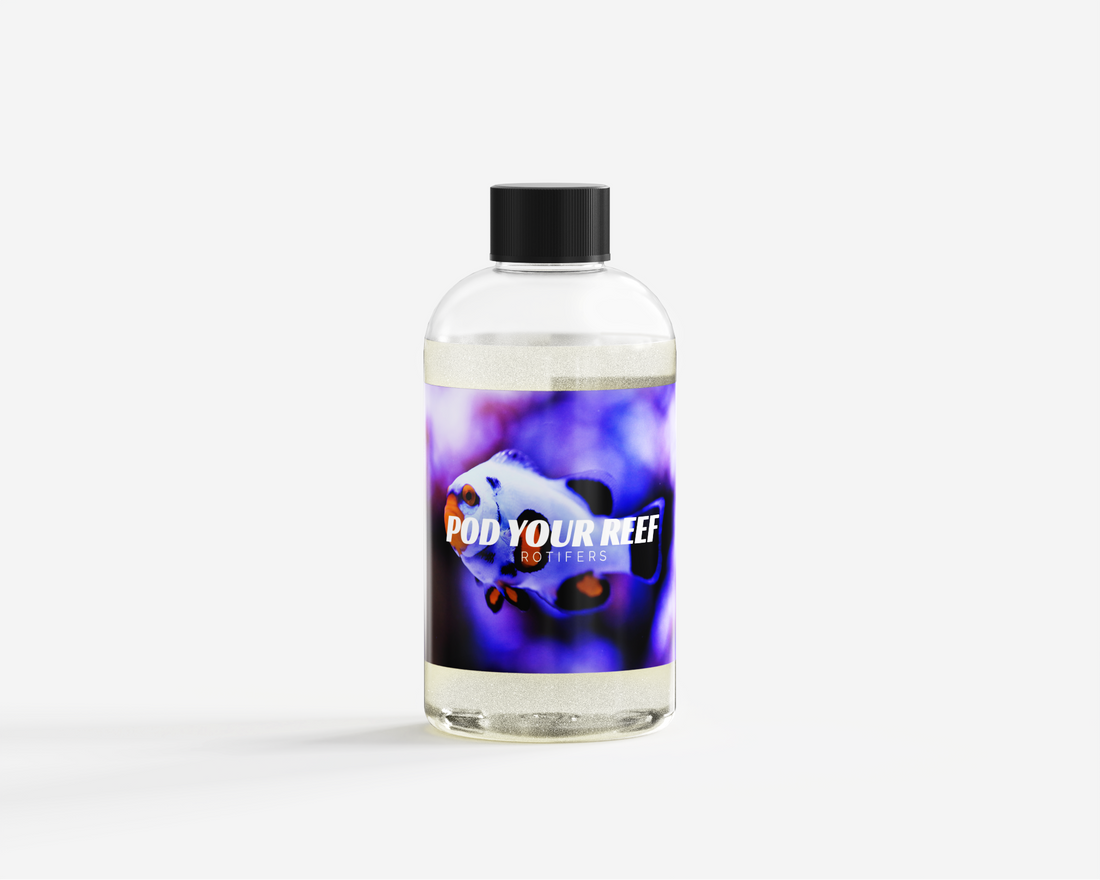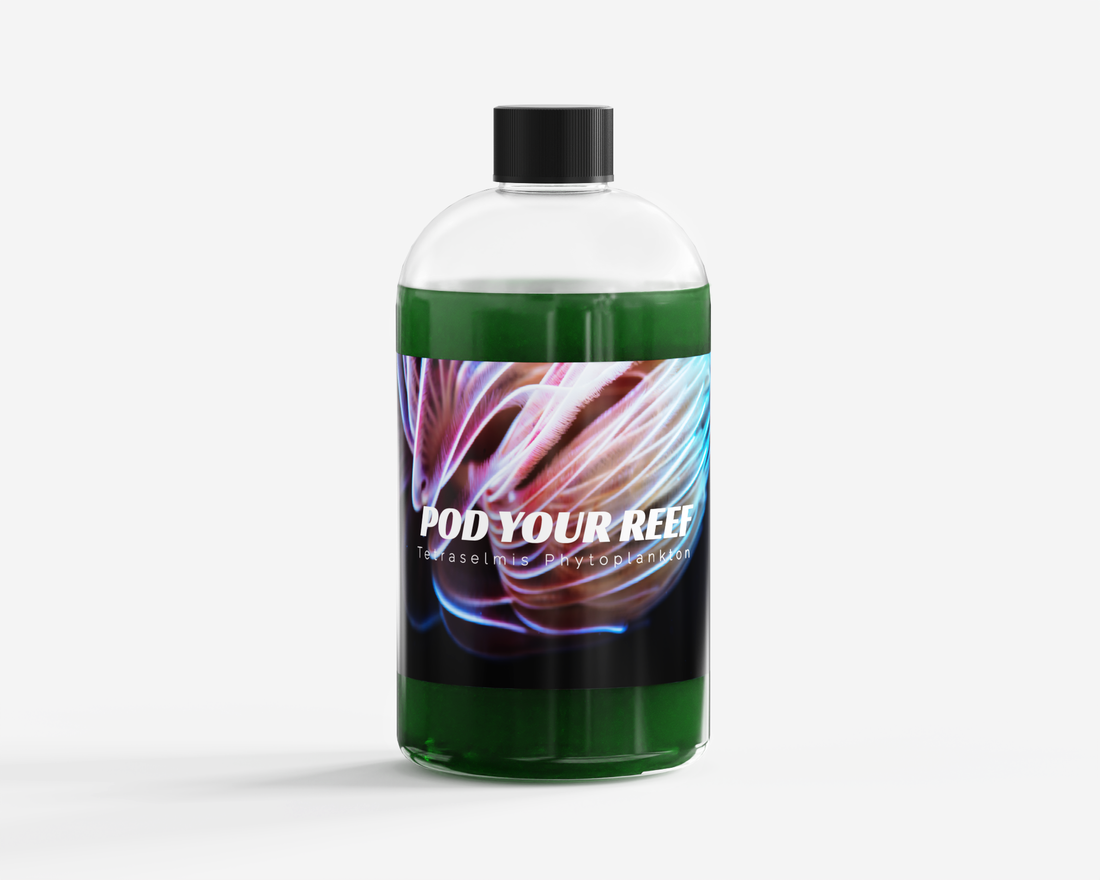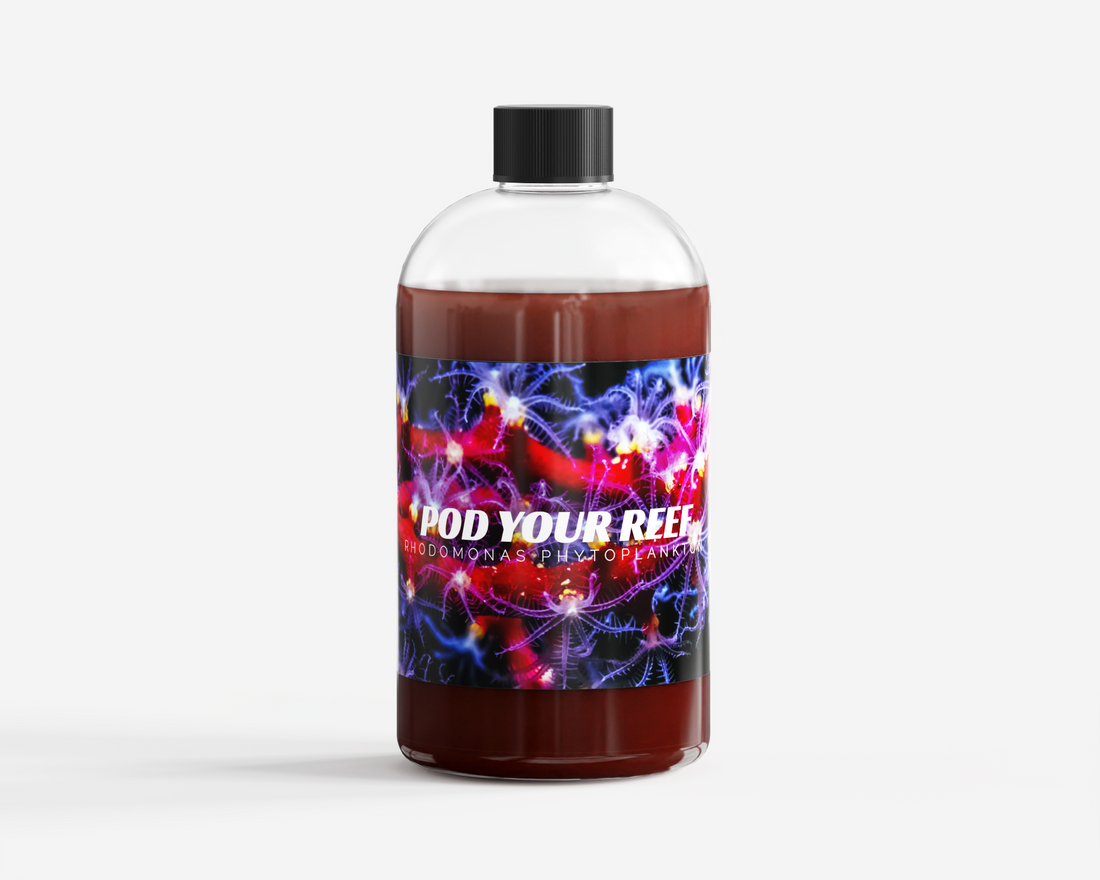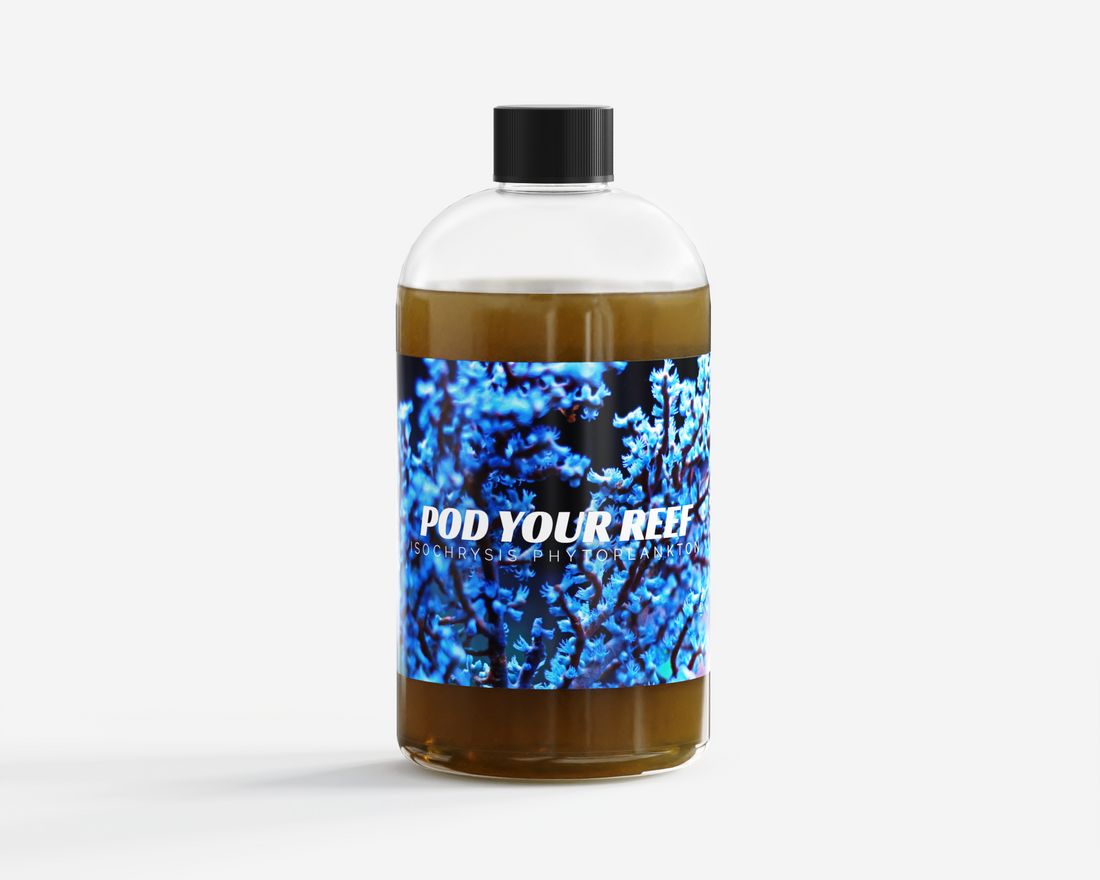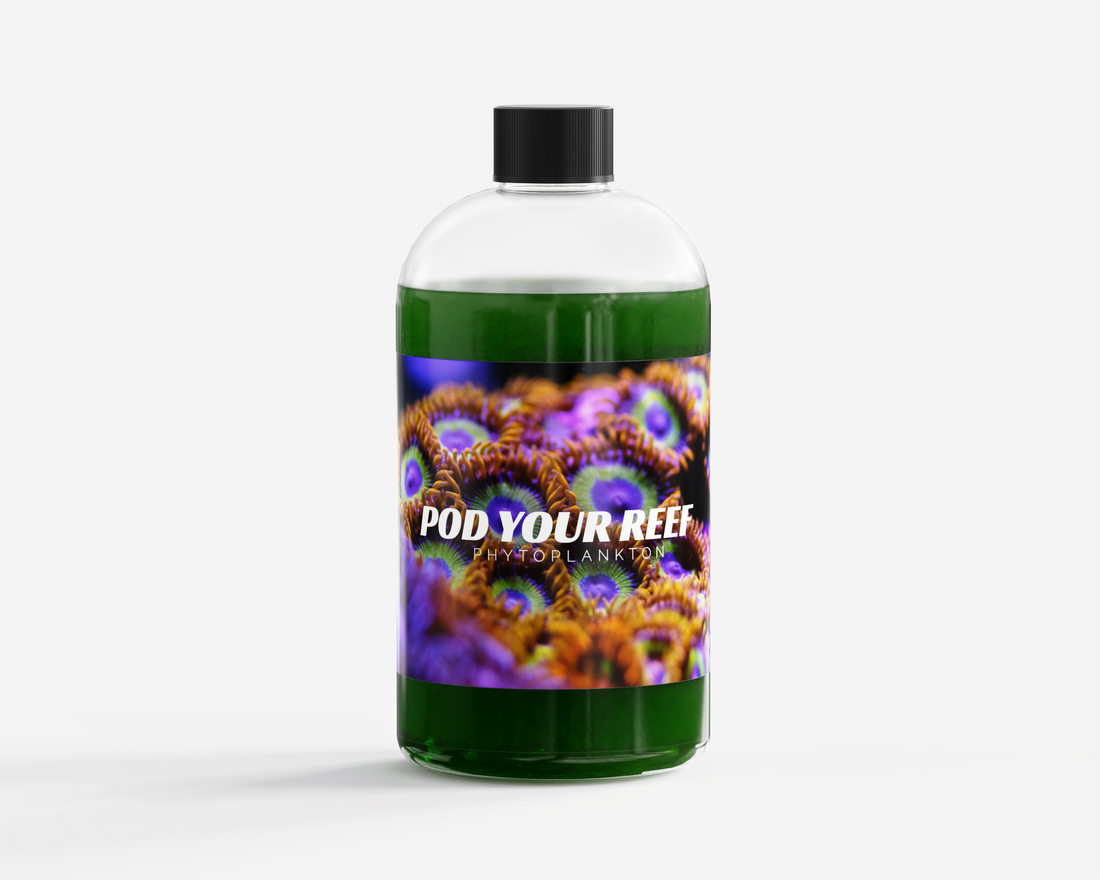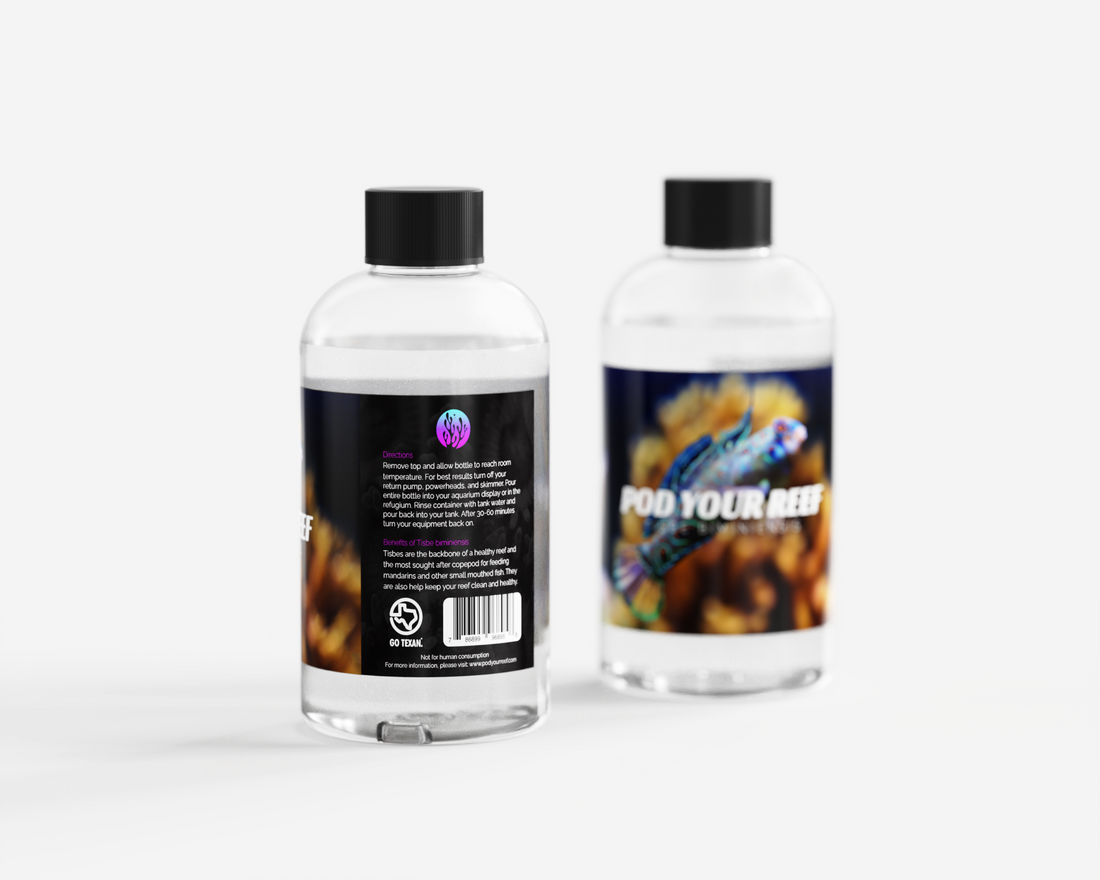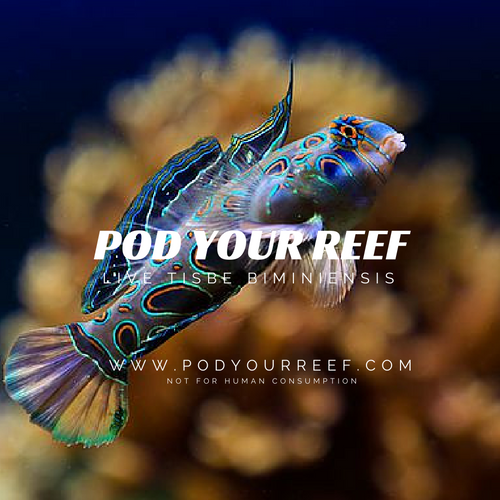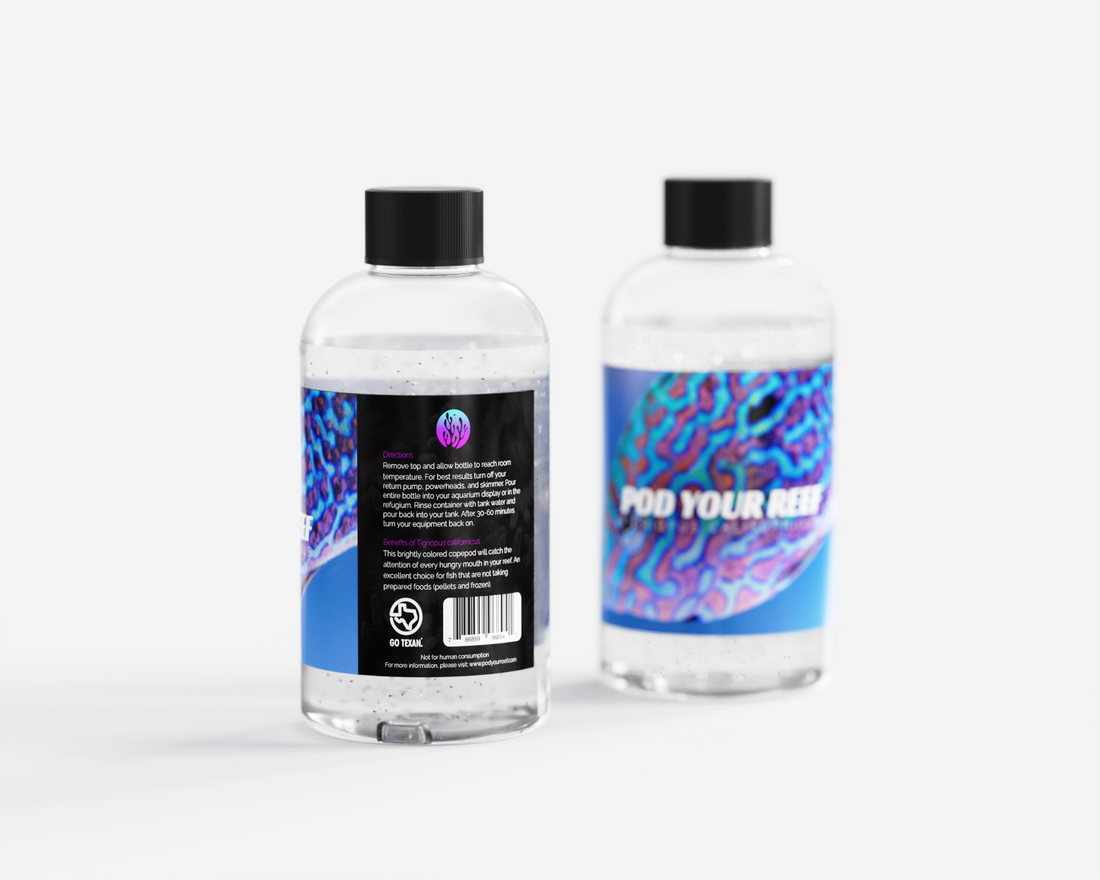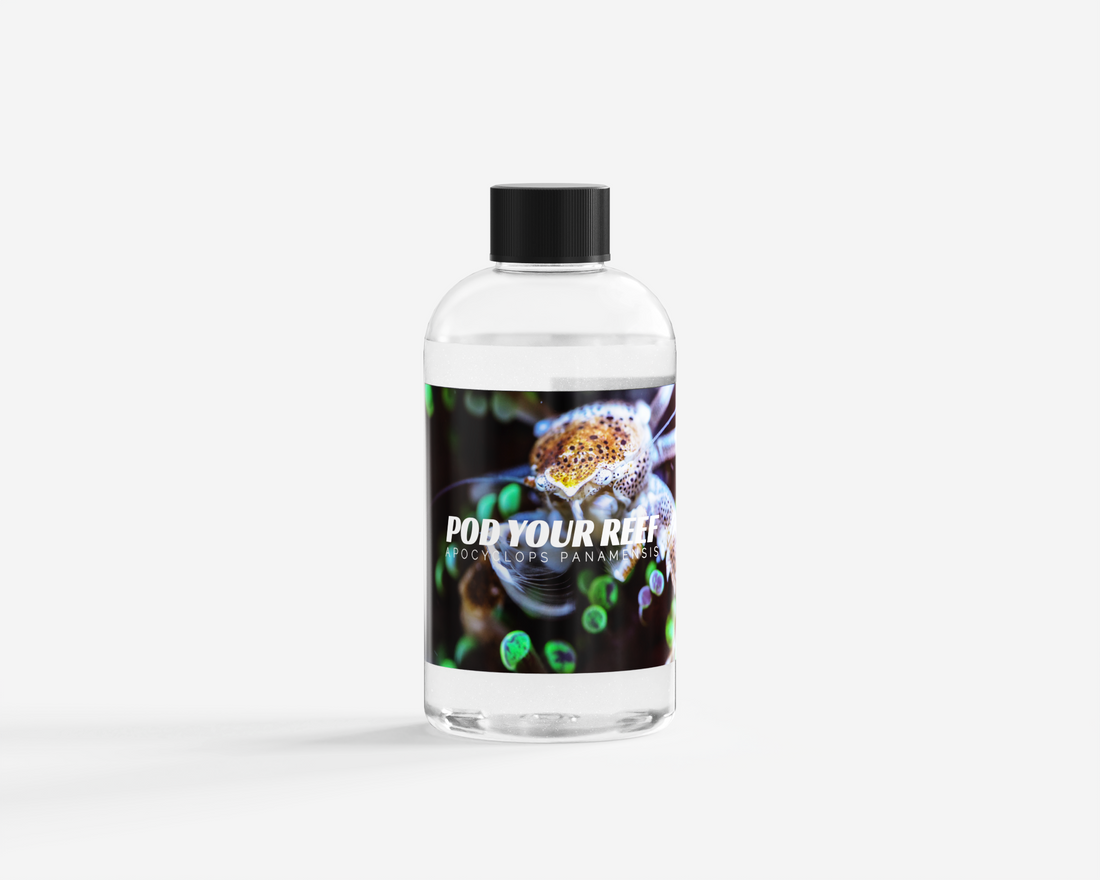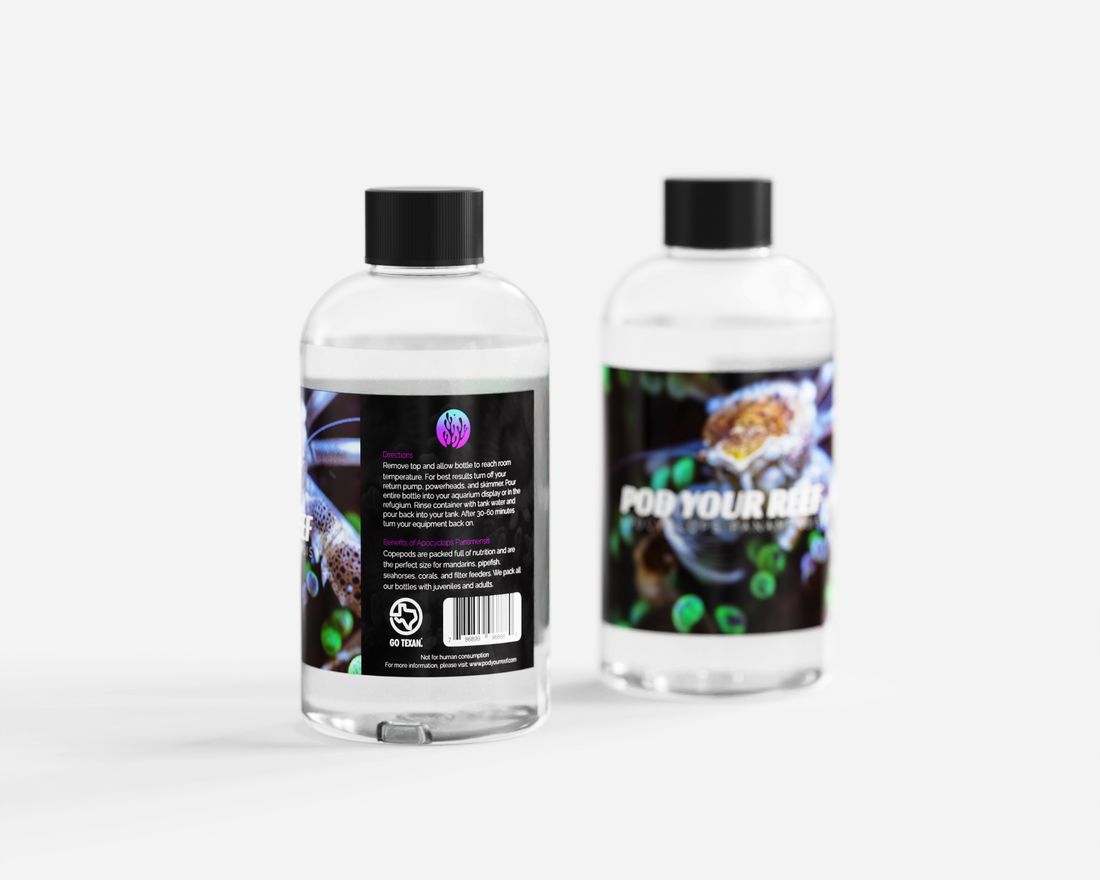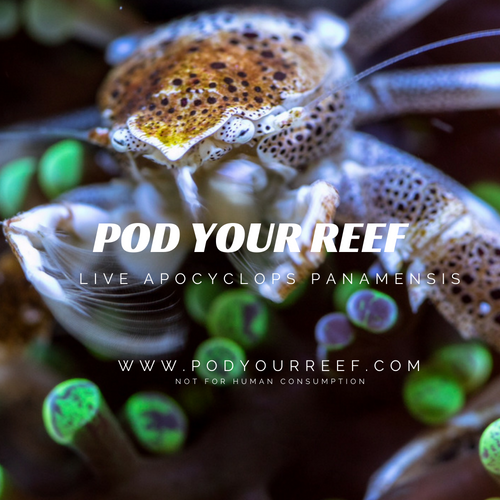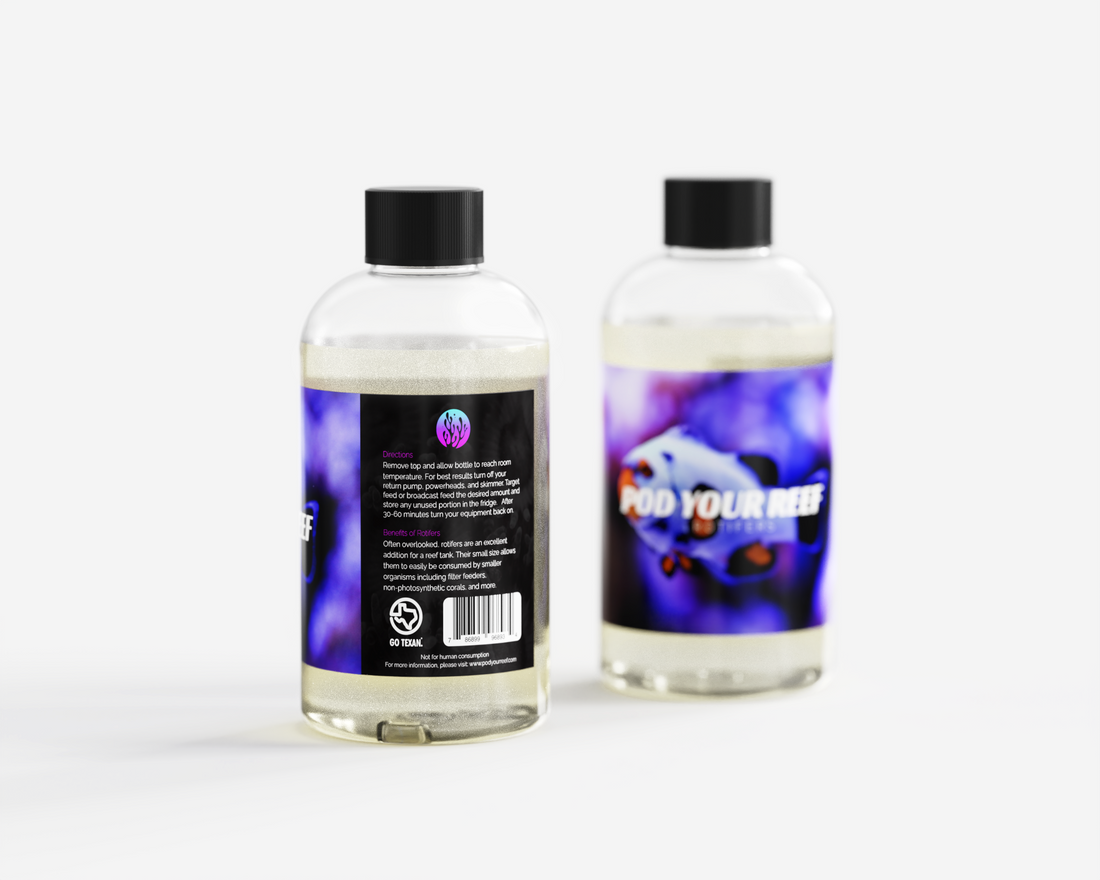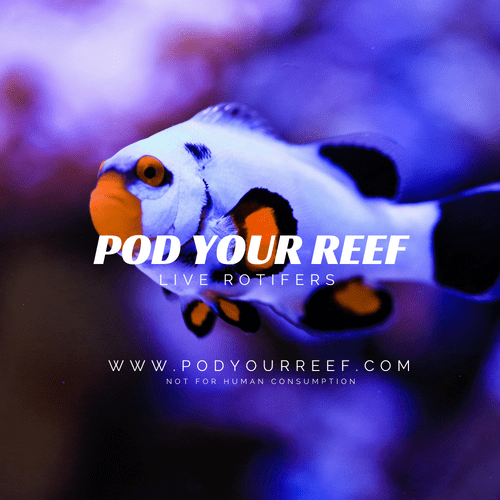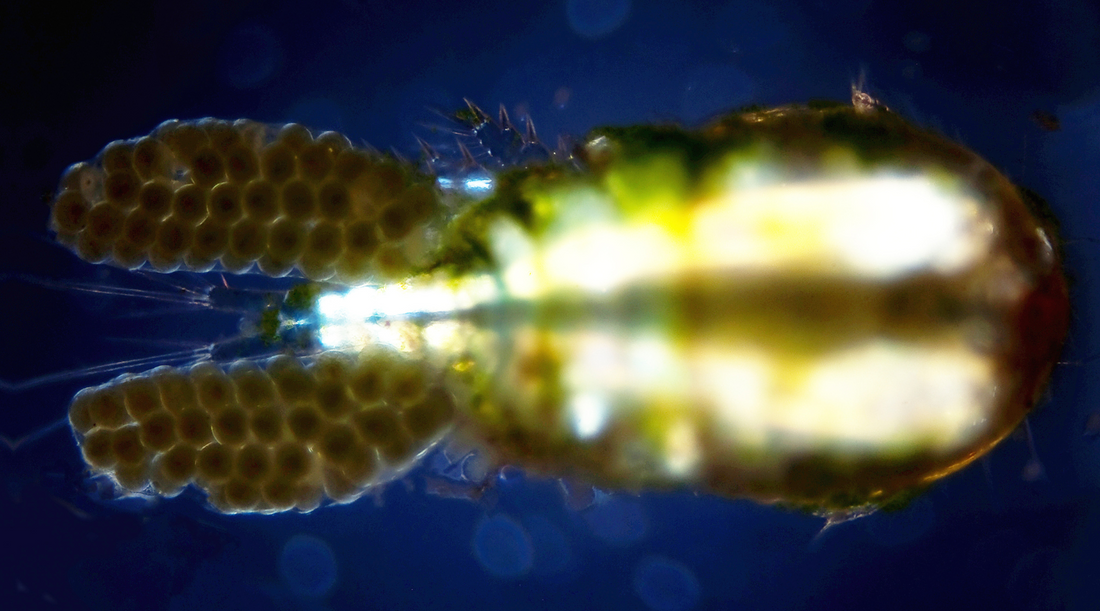
Care
What Do Copepods Eat? A Closer Look at the Diet of These Tiny Crustaceans Part II
What Do Copepods Eat? A Closer Look at the Diet of These Tiny Crustaceans Part II
If you've ever spent time observing a reef tank or a natural marine environment, you may have noticed tiny, translucent crustaceans swimming around among the plants and rocks. These are copepods, a type of zooplankton that is found in almost all aquatic environments.
But what do copepods eat? Like other animals, their diet is an important part of their survival and plays a role in the health and balance of the ecosystem they inhabit. In this blog post, we will take a closer look at the diet of copepods and the role they play in the marine food chain.
Copepods are a type of crustacean that belongs to the class Copepoda. They are among the most diverse and abundant animals on Earth, with over 12,000 known species. Copepods are found in a wide range of aquatic environments, from shallow coastal waters to the deep sea, and can even survive in extreme conditions such as high temperatures and low oxygen levels.
Despite their small size (most copepods are less than 1 mm in length), they are a vital part of the marine food chain. They are omnivorous, meaning they eat both plant and animal material. Copepods feed on a wide variety of organisms, including phytoplankton, zooplankton, and detritus (dead organic matter).
The diet of copepods varies depending on their habitat and the availability of food. In shallow coastal waters, copepods may feed on phytoplankton, which are microscopic plants that form the base of the marine food chain. They may also eat zooplankton, which are small animals that drift with the currents.
In the open ocean, copepods may feed on larger zooplankton such as krill and small fish. They may also eat detritus, which is made up of dead plant and animal material that sinks to the ocean floor. Copepods are able to filter this material from the water using specialized structures called feeding appendages.
In addition to phytoplankton, zooplankton, and detritus, copepods may also eat bacteria and other microorganisms. They are able to locate and capture their prey using a combination of chemical, visual, and mechanical cues. For example, copepods may use their antennae to sense chemicals in the water and locate food, or use their compound eyes to spot their prey.
Copepods play an important role in the marine food chain by serving as a food source for other animals. They are an important food source for fish, birds, and even larger marine mammals such as whales. For example, krill, a type of zooplankton that is closely related to copepods, is an important food source for many species of whales.
In addition to their role as a food source, copepods also help to regulate the populations of other organisms in the ocean. For example, they may help to control the growth of phytoplankton by eating them, which in turn can help to regulate the amount of oxygen in the water.
Overall, copepods are an essential part of the marine ecosystem. They play a critical role in the food chain by serving as a food source for other animals and helping to regulate the populations of other organisms in the ocean. Although they may be small, their impact on the health and balance of the marine environment is significant.

